Academic Librarianship Today
Academic Librarianship Today
Todd Gilman
ROWMAN & LITTLEFIELD
Lanham Boulder New York London
Published by Rowman & Littlefield
A wholly owned subsidiary of The Rowman & Littlefield Publishing Group, Inc.
4501 Forbes Boulevard, Suite 200, Lanham, Maryland 20706
www.rowman.com
Unit A, Whitacre Mews, 26-34 Stannary Street, London SE11 4AB
Copyright 2017 by Rowman & Littlefield
All rights reserved. No part of this book may be reproduced in any form or by any electronic or mechanical means, including information storage and retrieval systems, without written permission from the publisher, except by a reviewer who may quote passages in a review.
British Library Cataloguing in Publication Information Available
Library of Congress Cataloging-in-Publication Data Available
ISBN 978-1-4422-7874-5 (cloth : alk. paper)
ISBN 978-1-4422-7875-2 (pbk. : alk. paper)
ISBN 978-1-4422-7876-9 (electronic)
 The paper used in this publication meets the minimum requirements of American National Standard for Information SciencesPermanence of Paper for Printed Library Materials, ANSI/NISO Z39.48-1992.
The paper used in this publication meets the minimum requirements of American National Standard for Information SciencesPermanence of Paper for Printed Library Materials, ANSI/NISO Z39.48-1992.
Printed in the United States of America
Contents
Editorial Advisory Board
James K. Elmborg
Associate Professor
School of Library and Information Science
The University of Iowa
Robert P. Holley
Professor Emeritus
School of Library and Information Science
Wayne State University
Beverly P. Lynch
Professor
Department of Information Studies
Graduate School of Education and Information Studies
UCLA
Foreword
In the last few years, information technology has become integrated into all aspects of educational life, including work in both libraries and the broader academic campus.
While academic libraries continue to collect and service print collections in the manner they have historically, new types of collections, centered on the digital, have brought about changes in the work, in jobs newly created, and in opportunities for the library to become more integrated into the teaching, learning, and research activities of colleges and universities. Now the scholarly record includes more than books and journals; such materials as research data sets, lab notes, computer models, big data, and digital formats form part of the librarys collection.
Networked information is changing the methods of managing academic libraries, and the authors of this text confront the management issues. Todd Gilman and his contributing authors present the influence of these changes in libraries in this new textbook, which extends in many ways the challenges and opportunities for academic libraries as they continue on the movement of library transformation. Chapters on library place, the support academic libraries give to students and faculty who are working in online learning environments, distance education, MOOCs, open access, institutional repositories data curation, management of big data, and conservation and preservation present issues confronting the academic library today. Many of the authors exhort the academic library to move closer to the work central to the institution of higher education, and they provide advice as to how that might be done. This advice will help working academic librarians as well as students in LIS courses.
Many of the authors in this text rightly insist that the library should be at the table to help shape policies that will influence and guide the institutions development in the technological age, and they point to institutions that see the library less as a support service and more connected directly to the academic enterprise. Good chapters rarely found in the academic library literature are included, such as those on scholarly communication and on assessment. Some approaches of the old management models can be found in the text, particularly in chapters presenting organizational structures. They are useful in a textbook for new students who will begin their careers working in the old organizational models. But new models are discussed and debated, presenting excellent content in a new library management text.
Academic Librarianship Today is an informative, comprehensive textbook including both discussion questions for students to use and for managers to consider and assignments. It is a good model in a textbook with new content, moving the management issues from the old approaches of only issues inside the library to the new approaches of issues coming to the library from the outside. The authors present thoughtful arguments, challenging discussion questions, and stimulating assignments.
Beverly P. Lynch
Professor, Department of Information Studies
Graduate School of Education and Information Studies, UCLA
Acknowledgments
I would like to thank my editor at Rowman & Littlefield, Charles Harmon, for his enthusiasm and encouragement throughout the process. I would also like to thank the members of the editorial advisory board for their invaluable comments on the book proposal and on drafts of all the chapters. The volume is infinitely stronger for their input.
Todd Gilman
Introduction
Todd Gilman
Academic libraries in North America today, both large and small, function in a continuously and rapidly changing technological and budgetary environment. The administrators, librarians, curators, and support staff who run these libraries must constantly adapt to new roles and expectations; new work flows; new electronic databases and systems; new hardware and software; new cataloging and metadata standards; and an explosion of new forms of electronic media and scholarly communication that they must collect, sustain, and make available to their patrons. To further complicate matters, we must succeed at this adaptation in an atmosphere of significantly reduced funding and rising costs for all functions, systems, personnel, acquisitions, preservation, storage, and building maintenance everywhere. Activities in these libraries have gotten so complex and specialized in recent years that it would be impossible for any one person to become an expert in all aspects of the field of academic librarianship. Yet many of us who work or wish to work in academic libraries are expected to do soto keep abreast of the latest technology, forms of scholarly output, and work flows, not to fall behindlest we become obsolete and find ourselves of little lasting value to our employers. The aim of this book, then, is to offer the reader the expertise of a number of highly regarded professionals in the field concerning all aspects of academic librarianship as it is practiced today in libraries of all sizes and affiliated with all types of institutions, from community colleges to four-year colleges to research-intensive universities. For if no one person can be an expert in the whole field, by offering this wide-ranging expertise in a single place, we hope the reader will learn as much as possible from the collective wisdom of these professionals and will develop a deeper and more holistic understanding of how academic libraries with all their complexities manage to thrive today amid all the challenges they face.
This new collection of contributed chapters, none previously published, explores the question of what it means to be an academic librarian today. We offer twenty experts perspectives on the transformation of academic libraries as information organizations, why these libraries should be considered more important today than ever before, the influence of technology on how we provide academic information resources and services in a digital and global environment, and the various career opportunities available for academic librarians now and in the future. The authors offer broad and diverse views, ranging from those of senior administrators and practitioners working in North American academic libraries large and small to leaders from recognized nonprofit organizations devoted to research and strategic guidance for libraries in the digital age to faculty members from leading US library schools. Taken together, the chapters develop a fuller picture of the current state of academic librarianship in North America than has ever been available in any single resource. What emerges is a library landscape at once full of promise and exciting initiatives yet beset by seemingly insurmountable challengeshow to attract and retain the talent needed for current and future professional roles; how to keep up with ever-advancing computer technology; and how to pay for all this along with the vast quantity of books, journals, and electronic databases our ambitious and accomplished patrons demand.
Next page
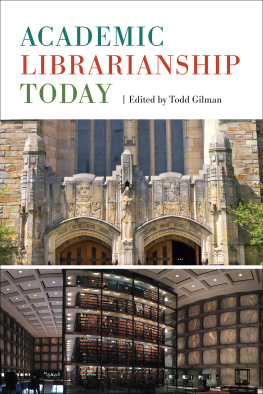
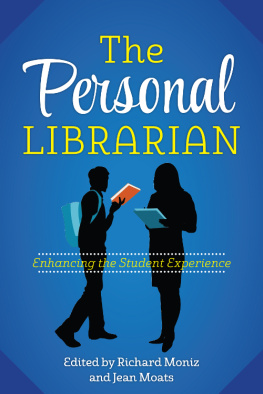
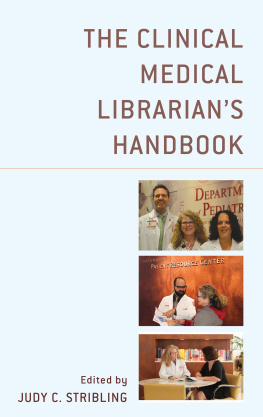

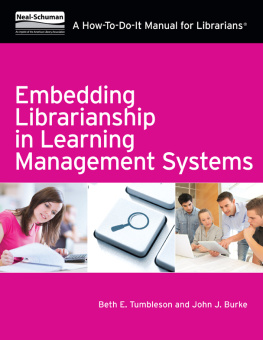



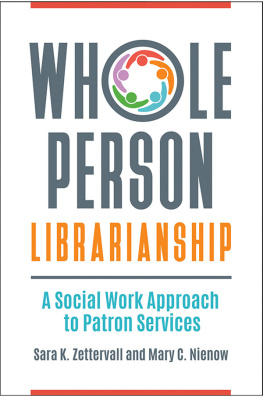
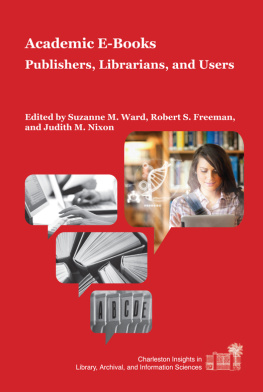
 The paper used in this publication meets the minimum requirements of American National Standard for Information SciencesPermanence of Paper for Printed Library Materials, ANSI/NISO Z39.48-1992.
The paper used in this publication meets the minimum requirements of American National Standard for Information SciencesPermanence of Paper for Printed Library Materials, ANSI/NISO Z39.48-1992.